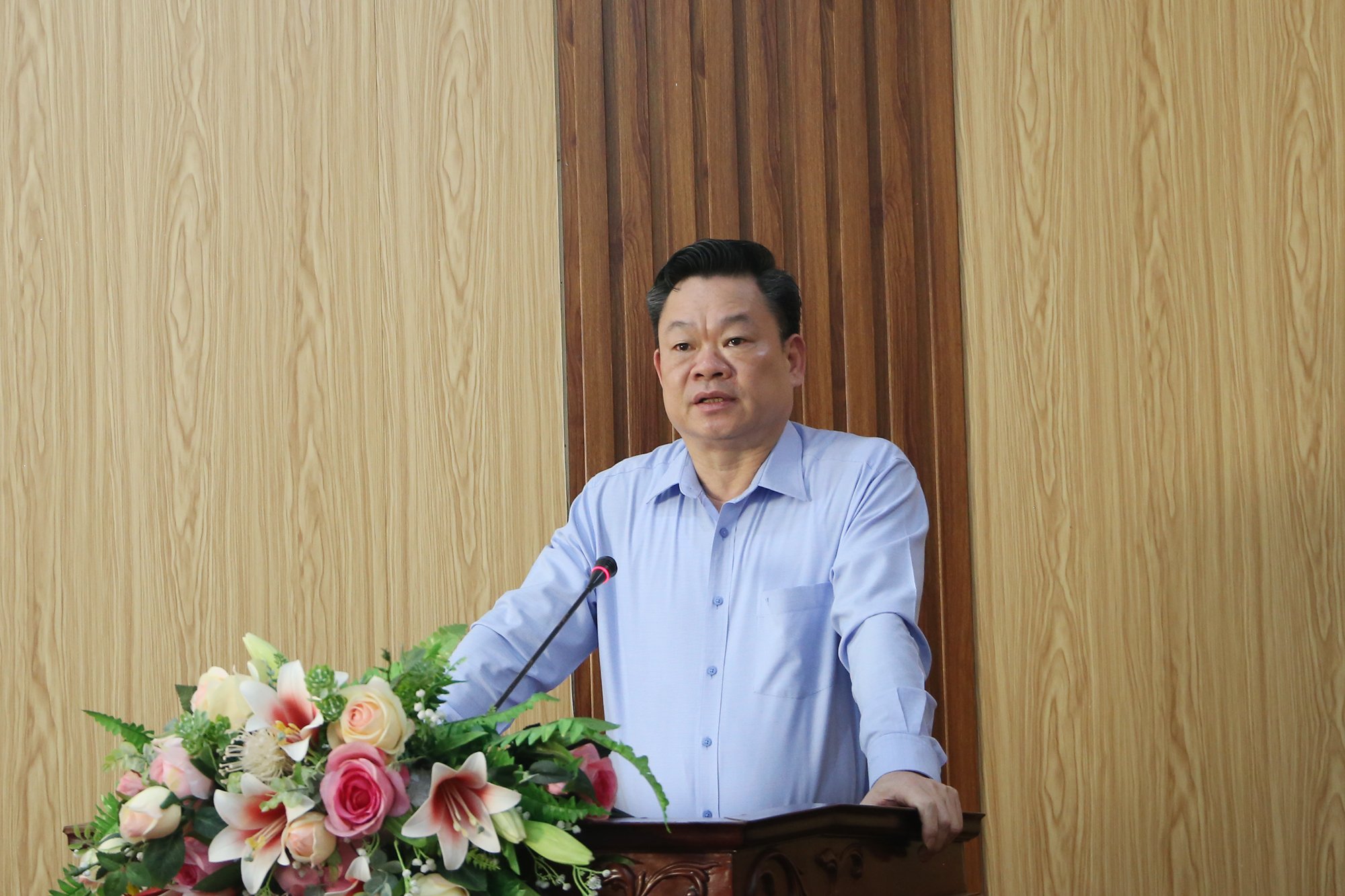
Air pollution from burning fossil fuels can block sunlight from reaching the Earth's surface, causing the Earth to become 'dim' - Illustration: AI
In a new study published in the journal Advances in Atmospheric Science, Professor Martin Wild of the Institute of Atmospheric and Climate Sciences, ETH Zurich University (Switzerland), said: The amount of sunlight reaching the Earth's surface is not stable from year to year but can fluctuate strongly from decade to decade. This is closely related to the level of air pollution and human clean energy policies.
The "dimming" and "brightening" of the Earth
Previously, the research team compiled long-term solar radiation measurement data in many countries on Earth and discovered two different phases.
From the 1950s to the 1980s, the amount of sunlight decreased significantly - a phenomenon known as "global dimming" . Then, from the 1990s onwards, solar radiation gradually recovered in many areas - a phenomenon known as "brightening" .
China is where researchers have seen the most dramatic changes in sunlight, and it has a large, well-organized solar radiation monitoring system that has been collecting data continuously for decades.
Accordingly, from the 1960s to the 1990s, the amount of sunlight in China decreased significantly, coinciding with a period of strong industrial development and large-scale use of fossil fuels. However, since the early 2000s, thanks to policies to reduce air pollution, the level of solar radiation has begun to increase slightly again.
“Air pollution from burning fossil fuels can block sunlight from reaching the Earth’s surface, causing the Earth to become ‘dimmed’,” Professor Wild explained. “But as the air becomes cleaner, more sunlight can reach the ground, which is very beneficial for research and development of solar energy.”
Great opportunity for solar energy industry

As the air becomes cleaner, more sunlight reaches the ground, which is very beneficial for research and development of solar energy - Illustration: AI
According to researchers, if China and many other countries continue to improve air quality and return to the clean levels of the 1960s, they will reap huge benefits in solar power generation thanks to the increase in natural solar radiation.
“These fluctuations not only affect the climate, but are also extremely important factors in assessing the potential for exploiting solar energy , especially in the context of increasing demand for clean energy,” Professor Wild said.
However, many challenges remain in understanding the extent, causes and predictability of solar dimming and brightening, so researchers call for close international cooperation and integration of different data sources.
They also recommend investing in long-term ground-based and satellite monitoring to accurately track changes in sunlight, which is vital to the environment, climate and life on Earth.
Source: https://tuoitre.vn/anh-sang-mat-troi-chieu-xuong-trai-dat-yeu-di-chuyen-gi-xay-ra-202504160904132.htm


![[Photo] Prime Minister Pham Minh Chinh receives Mr. Jefferey Perlman, CEO of Warburg Pincus Group (USA)](https://vstatic.vietnam.vn/vietnam/resource/IMAGE/2025/4/18/c37781eeb50342f09d8fe6841db2426c)


![[UPDATE] April 30th parade rehearsal on Le Duan street in front of Independence Palace](https://vstatic.vietnam.vn/vietnam/resource/IMAGE/2025/4/18/8f2604c6bc5648d4b918bd6867d08396)

















































































Comment (0)